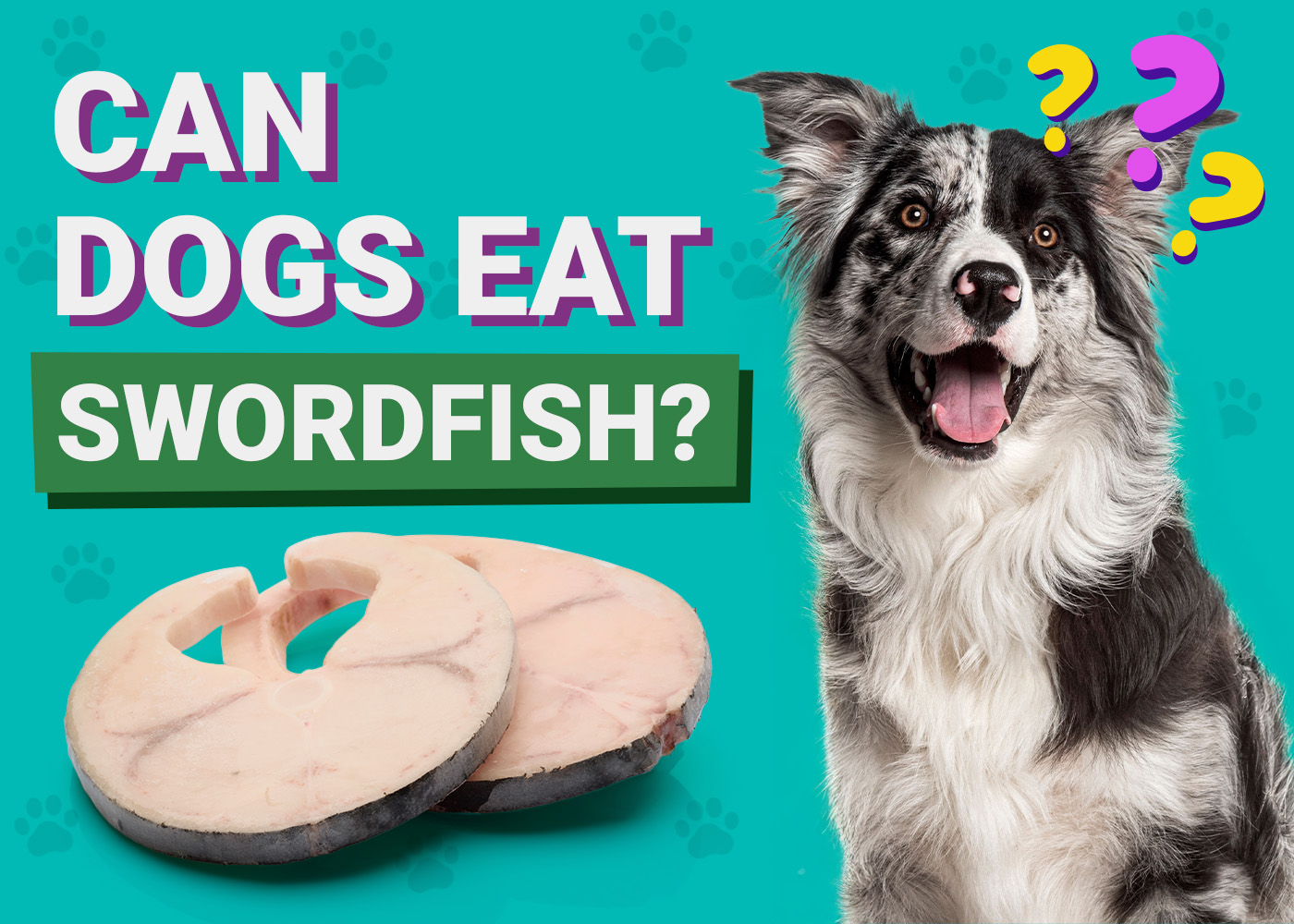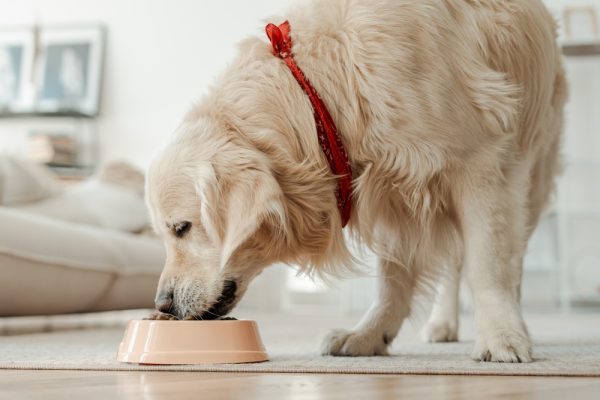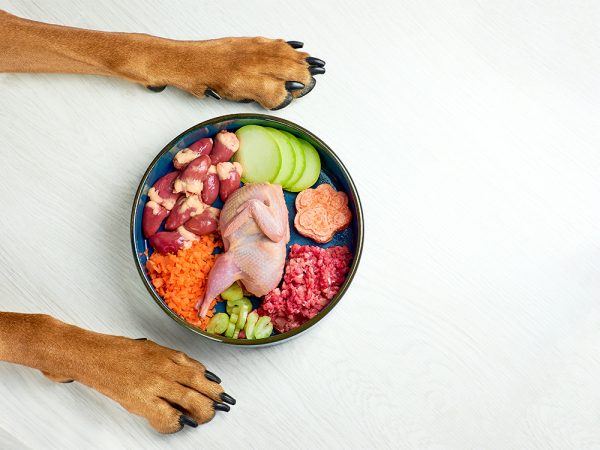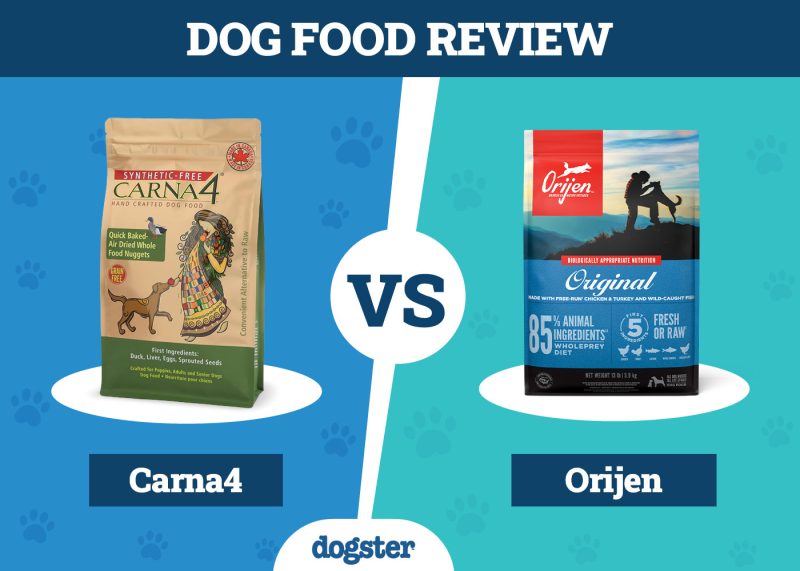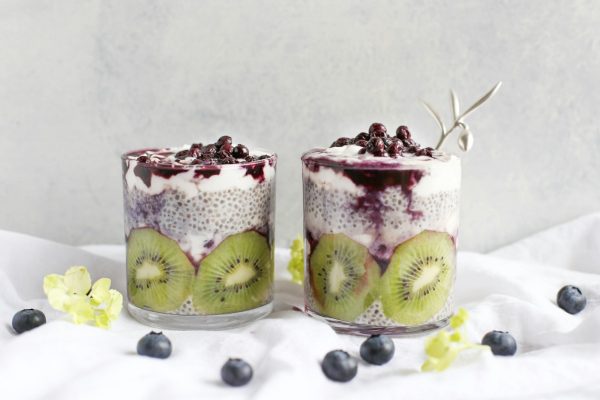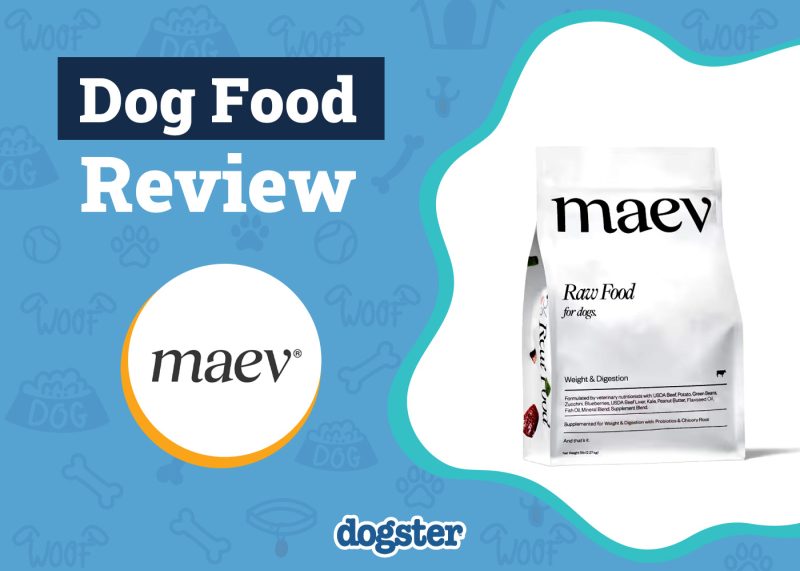In this article
View 4 More +Many owners choose to feed their canine companions a kibble-based diet, which has been proven to be a reliable source of all the necessary nutrients that dogs need. While high-quality commercial kibble is the number-one choice, a great way to mix things up for your pet is by adding “human foods” that are safe and delicious for them. Fish is an amazing source of proteins and nutrients for dogs, and its taste makes it a favorite treat.
While there are many types of fish that your dog would enjoy, it is crucial to learn which fish species are safe for consumption and which ones you should avoid. While swordfish itself is not technically toxic, it is not recommended to be fed to dogs due to the high levels of mercury that it contains. Read on to learn more about the safety of swordfish for dogs, so you can keep your dog healthy.

Can Dogs Eat Swordfish?
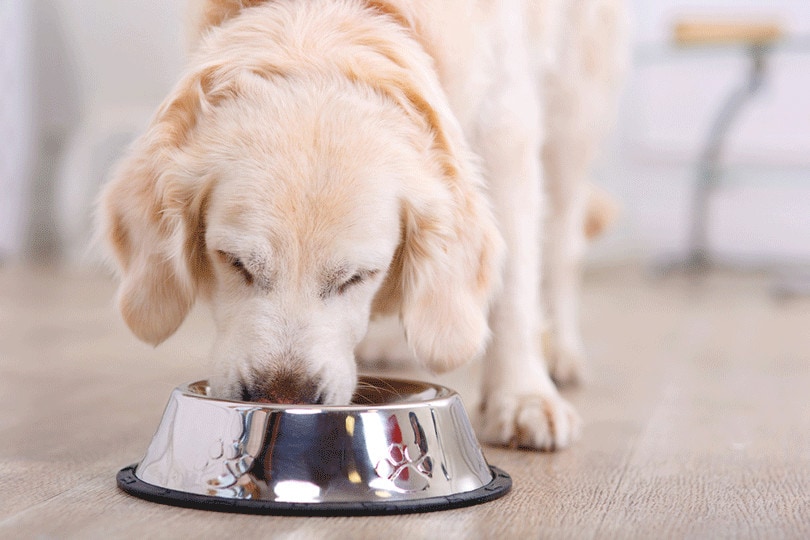
Generally speaking, fish is not only a delicious food that dogs love but also a healthy source of nutrients. Fish is a standard part of many commercial kibbles, providing your dog with many beneficial vitamins and minerals. You can also include fish in your dog’s homemade diet if your veterinarian agrees. It is an excellent source of protein and low in fat.
While swordfish is technically not toxic for pets to consume, it usually contains high levels of mercury. Swordfish, along with other larger species of fish, are also more likely to contain parasites in their skin, organs, and tissue since they are usually older when harvested.
If you need to speak with a vet but can't get to one, head over to PangoVet. It's our online service where you can talk to a vet online and get the advice you need for your pet — all at an affordable price!
What Fish Is Safe for Dogs?
When considering the types of fish that are safe to feed your dog, always choose fish with low levels of mercury.
- Flounder
- Catfish
- Herring
- Whitefish
- Salmon
- Whiting

Benefits of Fish for Dogs
Fish contains healthy protein that should be included as a regular part of a dog’s diet. If your pet may have food allergies and has not had fish before, it can be used as a novel protein source during a diet trial. Another benefit of fish is the omega-3 fatty acids, which are highly valuable for dogs. Omega-3 fatty acids have many benefits, such as improving mobility, controlling inflammation, and ensuring healthy skin and a shiny coat. They’re also good for senior dogs because they can help alleviate signs of degenerative diseases and boost their immune system.
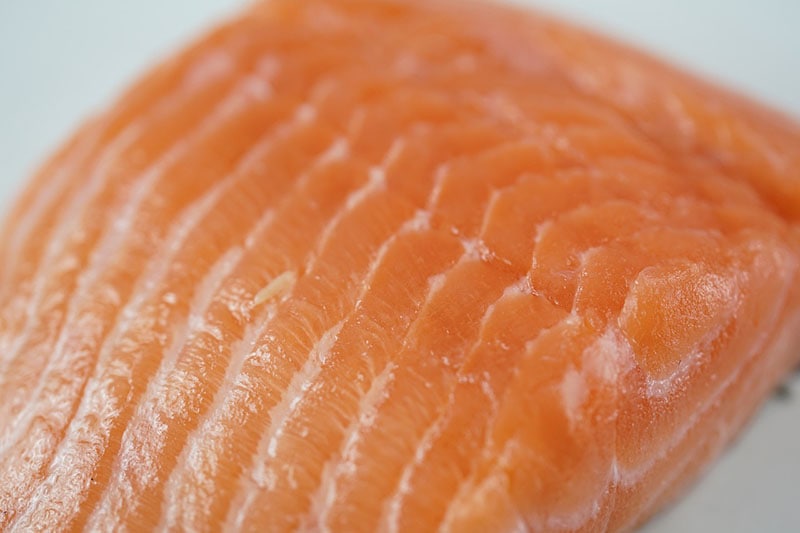
The Risks of Fish for Dogs
The biggest factor in feeding fish to dogs is preparing and cooking it properly beforehand. Fish should be thoroughly cooked and plain, avoiding oil or seasonings. If you feed your dog raw fish, you risk giving them harmful bacteria, such as Salmonella. The bones are another risk of eating fish, both for humans and dogs. As you probably know, fish bones are tiny, sharp, and brittle, and eating them can cause serious damage and even pierce an organ wall.
Recommended Dog Diet
When it comes to the ideal diet for a domesticated dog, you should remember that while every dog is an individual with individual feeding requirements, it is always perfectly acceptable for their primary food to be a pure kibble diet. If you would like to mix up their diet, you can add cooked meat, vegetables, fish, and rice. These treats and additions should account for no more than 10% of their total daily calories, to ensure that their diet remains balanced. If you do decide to feed your dog mainly home-cooked meals, it is important to have a dedicated veterinary nutritionist formulate their meal plan with the right mix of ingredients and supplements.
- Always choose human-grade food, as certain meat products might contain preservatives.
- Ensure your dog has a constant source of fresh water.
- High-quality commercial food tailored to your dog’s age will provide all the nutrients your dog needs.
- Young puppies need to have several smaller meals throughout the day of puppy food.
- Avoid feeding your dog milk, chocolate, onion, garlic, salts, oils, and greasy food.


Final Thoughts
After learning about the risks of feeding swordfish to your dog, you’ll likely want to avoid it when picking out fish for your pup. This is mostly due to the high levels of mercury in swordfish but also the risk of parasites. Stick to the fish you know is entirely safe, such as salmon, whitefish, and flounder.
See Also:
Featured Image Credit: ubert, Pixabay
